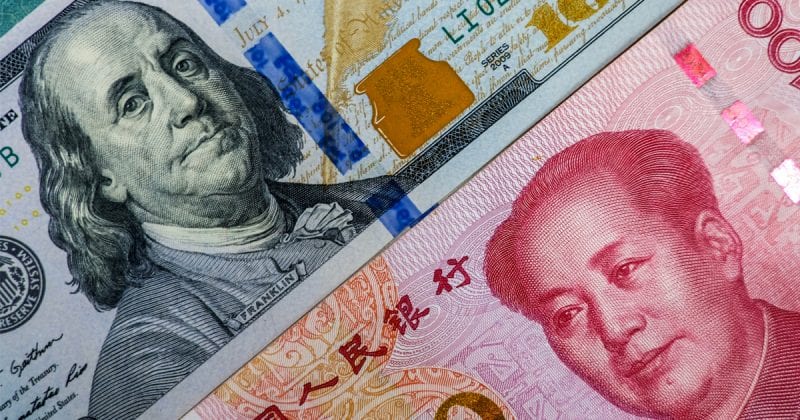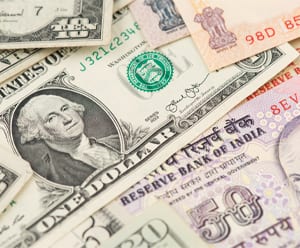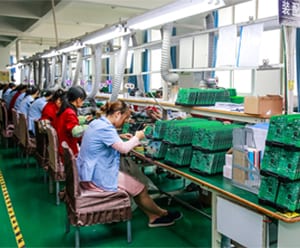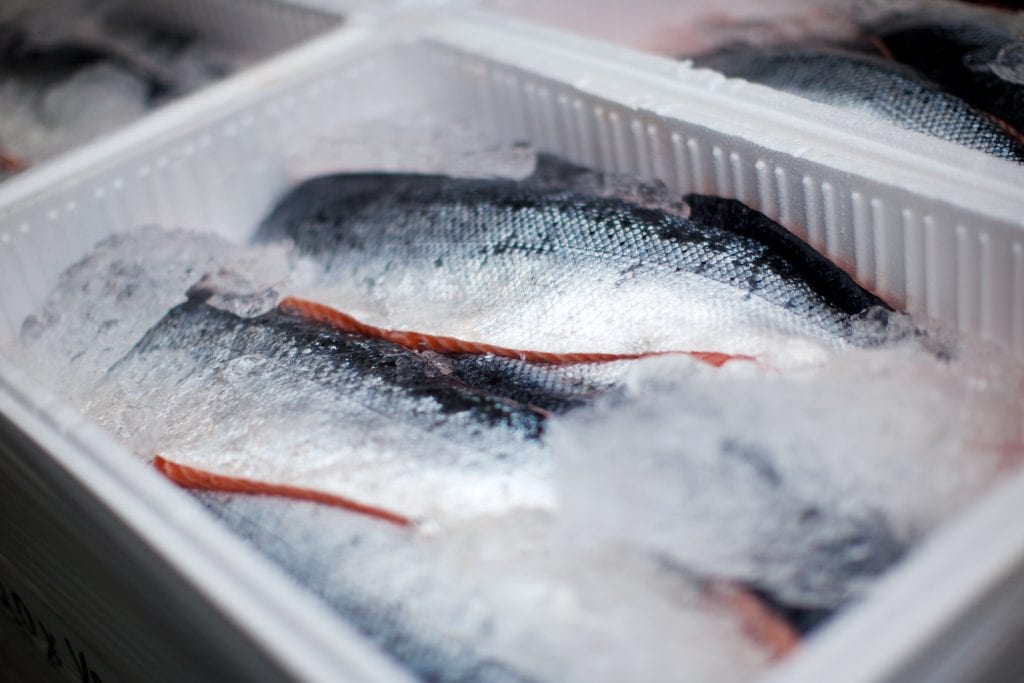
Untangling tariffs for a way forward

UPDATE (Friday, May 10): The United States raised tariffs — from 10 percent to 25 percent — on US$200 billion (€178.3 billion) worth of Chinese goods at 12:01 a.m. on Friday.
Shopping for household items is getting costlier for American and Chinese consumers. But for businesses caught in the latest round of tit-for-tat tariffs, the element of cost is just the tip of the iceberg.
Trade talks between the world’s two largest economies have gone nowhere since the announcement of a 90-day truce at the end of last year.
Since September 2018, the U.S. has already imposed tariffs on up to US$250 billion (€218 billion) worth of Chinese goods while China countered with tariffs on US$110 billion worth of American goods.
Once the March 2019 deadline is up and no agreement is reached, these tariffs will further increase — by more than twofold — from the current 10 percent to 25 percent. These measures come on the back of previous tariffs that were already imposed on each other’s goods.
Meanwhile on the Brexit front, the escalating spat and ongoing developments have derailed growth plans for businesses around the world, many of which have been looking for ways to mitigate costs and supply chain risks.
A global scramble for alternatives
In certain sectors, companies are already feeling the squeeze, and are actively seeking alternative avenues to cushion the blow to its bottom lines.
Canadian seafood, for instance, received a boost after China’s 25 percent tariff on U.S. seafood persuaded Chinese importers to opt for Canadian crustaceans. In July 2018, shipments of live and fresh Canadian lobster almost doubled to 1.25 million kilograms, a six-year high, with airports adding cargo flights to accommodate increased exports.
Some companies also stockpiled whatever they could while they had the opportunity. Ahead of the new tariffs then, U.S. importers bought 20 percent more frozen salmon and 6 percent more frozen tilapia from China in June and July.
Pacific American Fish Company Inc told Reuters that they imported 20 percent more scallops and calamari over the past months to add to their stockpile, seeing it as their “only option” to save costs before the additional 15 percent tariff rolls out in 2019.
In Asia Pacific, some companies have been shifting their manufacturing hubs in response to tariffs, signaling possible opportunities for other jurisdictions such as Southeast Asia.
In general, explained Raymond Yee, Vice President of Customs and Regulatory Affairs at DHL Express, a multi-pronged manufacturing site strategy is a practical and rational supply chain approach as it spreads risk and sidesteps the potential pitfalls of supply chain failures and uncertainties.
Until these trade disputes are resolved, companies can only afford to implement short-term measures and defer large-scale growth or expenditure plans that have longer term implications.
Sharing that observation, Julian Neo, Vice President of Global MNC at DHL Express said, “Some customers, such as those in technology or semiconductor industries, have started moving part of their manufacturing from China to Southeast Asian countries including Vietnam and Malaysia to mitigate the impact of the tariffs on Chinese imports into the U.S. in the short term. But given the uncertainties, we have not seen any long-term planning as yet.”
Difficult decisions within a complex interconnected web
While larger companies are better positioned to absorb the financial impact caused by the tariffs, smaller businesses lack similar resources and often have to resort to cost-cutting measures.
“Decisions such as shutting down a factory and setting up somewhere else require careful consideration and should not be taken lightly”, noted Olivia Cashin, Head of Value Added Services for DHL Global Forwarding Asia Pacific.
“We are proactively initiating conversations with our customers to support them in these times of uncertainty, whether it is re-routing certain products or utilizing different modes of transportation to save costs.”
Supply chain professionals have little choice but to take immediate action, urged Rosemary Coates, Executive Director of the Reshoring Institute, in the Supply Chain Management Review.
Stressing that there has ought to be all hands on deck, she believes that companies need to undertake strategic planning using multiple ‘what-if’ scenarios and focus on developing alternative, flexible supply chains.
She also noted that the current volatility could lead to increased inventory levels as a way of mitigating the risk of potential shortages. And with likely changes in suppliers and supplier schedules, logistics may become even more important.
More than ever, companies will need to rely on the support of logistics partners with global connectivity and the expertise to strengthen their supply chains.
With the evolving updates on the Sino-U.S. tariffs, Brexit and other agreements like the Comprehensive and Progressive Agreement for Trans-Pacific Partnership (CPTPP) and the Regional Comprehensive Economic Partnership (RCEP), understanding how to optimize their position in the face of these complex rules and concessions is inherently vital for companies.
“Their challenge is keeping up with the developments and determining how to adjust,” said Yee, adding that DHL’s engagement includes sharing such insights at industry-specific forums.
Given the fluidity of the situation and the variety of possible knock-on effects, some companies have reacted to the global developments with cautious pragmatism, and others with a sense of foreboding.
And at the back of everyone’s minds is perhaps the idea that global trade is like a bicycle: if it slows down too much, there is a danger that it will stall.
ALSO WORTH READING













 English
English